
01 Jan 1976

Mountain Music
Mountain Music illustrates what happens when technology gets too advanced too soon. Preserved by the Academy Film Archive in 2012.
The bizarre adventures of the cartoon character Foska, drawn by 22 animators working in collaboration. Each animator worked on his or her own sequence only and did not know what action preceded or followed his or her sequence, except that the first drawing of a sequence is the last drawing from the previous sequence. Preserved by the Academy Film Archive in 2010.
Pastor

01 Jan 1976

Mountain Music illustrates what happens when technology gets too advanced too soon. Preserved by the Academy Film Archive in 2012.
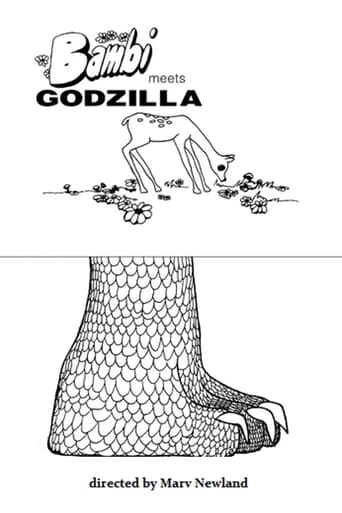
10 Jul 1969

Bambi is nibbling the grass, unaware of the upcoming encounter with Godzilla. Who will win when they finally meet? Preserved by the Academy Film Archive in 2009.
01 Jan 1950
The cartoon is one of the Marshall Plan's most popular films. A clash between a shoemaker and a hat maker illustrates the contrasts between protectionism and free trade. Preserved by the Academy Film Archive in 2003.

20 May 1982

The Cat in the Hat is all set for a lovely picnic, but the evil Grinch changes his plans by inventing a contraption that captures noise and makes it sound ferocious. The Cat has to save the world from the clutches of the Grinch and the only way to do it is to reach Grinch's soft spot.
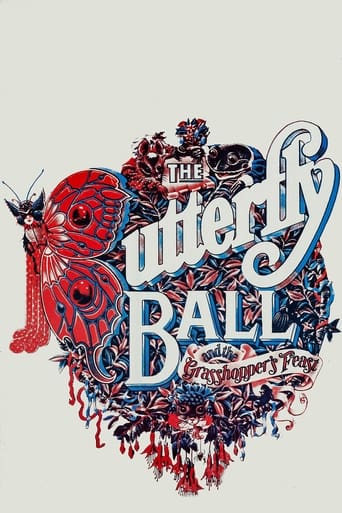
01 Apr 1977

Roger Glover puts on a star-studded concert at the Royal Albert Hall for his concept album "The Butterfly Ball and the Grasshopper's Feast".
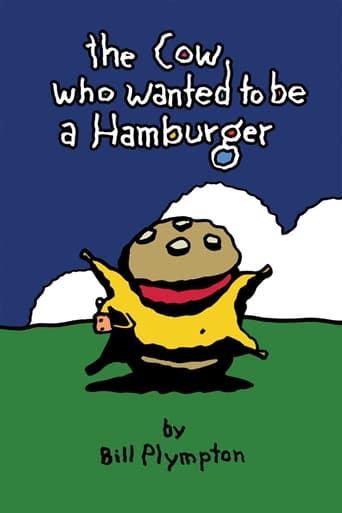
12 Mar 2010

A children's fable about the power of advertising, the meaning of life and ultimately the test of a mother's love. Preserved by the Academy Film Archive in 2016.
02 Jan 1942
An instructional video that teaches, through stop-motion animation, how to build a bridge over a gorge that can hold heavy military equipment. Preserved by the Academy Film Archive in 2004.
01 Jan 1971
An animation (long before there were such things) for Oscar Brown Jr’s track “But I Was Cool”, from his 1961 debut album Sin & Soul. Preserved by the Academy Film Archive in 2012.
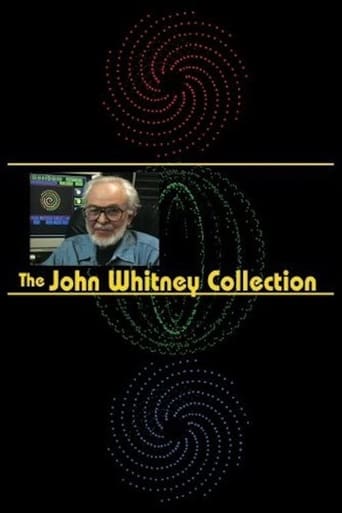
15 May 1944

The entire film is divided into four consecutive chosen approaches—the fourth section devoted to a reiteration and extension of the original material. Preserved by the Academy Film Archive in 1999.
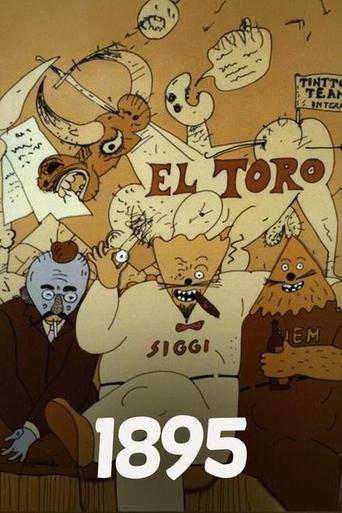
06 May 1995

1895 is a picture about the life of brothers Auguste and Louis Lumiere, who have immortalized their names as inventors of cinematography. What inspired them?
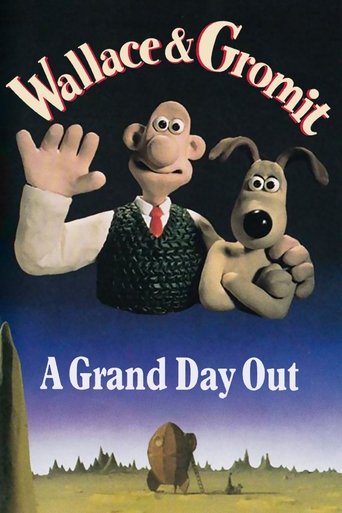
18 May 1990

Wallace and Gromit have run out of cheese, and this provides an excellent excuse for the duo to take their holiday to the moon, where, as everyone knows, there is ample cheese. Preserved by the Academy Film Archive.
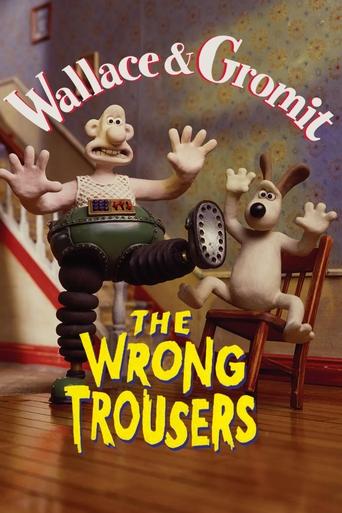
17 Dec 1993

Wallace rents out Gromit's former bedroom to a penguin, who takes up an interest in the techno pants created by Wallace. However, Gromit later learns that the penguin is a wanted criminal. Preserved by the Academy Film Archive.
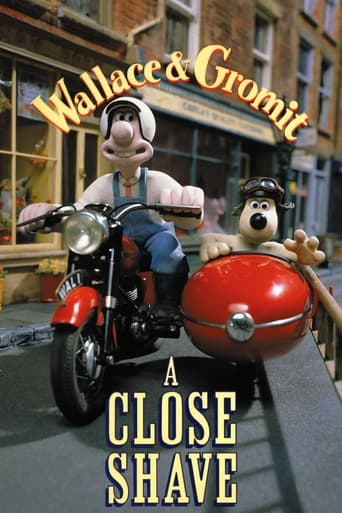
07 Mar 1996

Wallace's whirlwind romance with the proprietor of the local wool shop puts his head in a spin, and Gromit is framed for sheep-rustling in a fiendish criminal plot.

01 Jan 1975

An abstract animation. Preserved by the Academy Film Archive, in partnership with the iotaCenter, in 2007.

27 Aug 2022

An astronaut is detached from his space station, taken into an infinite drift throughout the universe. Freed from time and space, DRIFTER is confronted with the void. He takes a dive into the unknown, in search of the ultimate freedom.
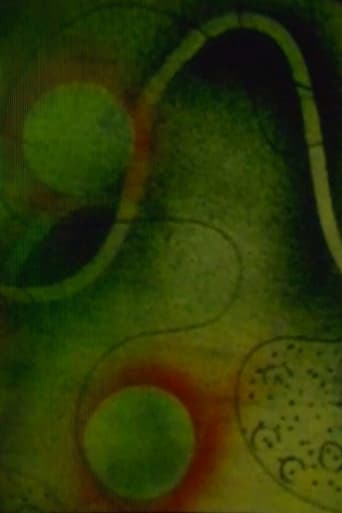
03 Mar 1953

A vibrant animation by Patricia Marx. Preserved by the Academy Film Archive in 2000.
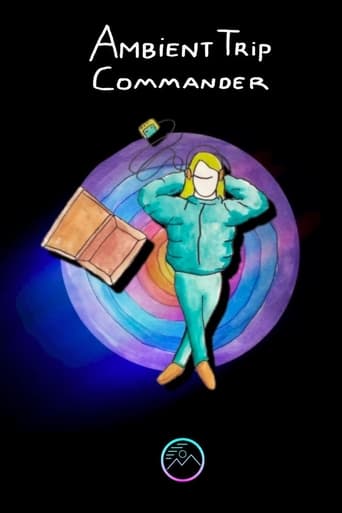
07 May 2022

AMBIENT TRIP COMMANDER is the story of Samantha Tapferstern, a geeky young woman who lives a rather dull life in a medium-sized European city. She works a mundane job at a synthesizer store and spends her lonely evenings playing RPG games. One day she receives a cryptic email from a hacker group inviting her to Lonetal, a village secluded somewhere deep in the European Alps. As we follow her journey to Lonetal, things become more sinister and a grand mystery starts to unfold…
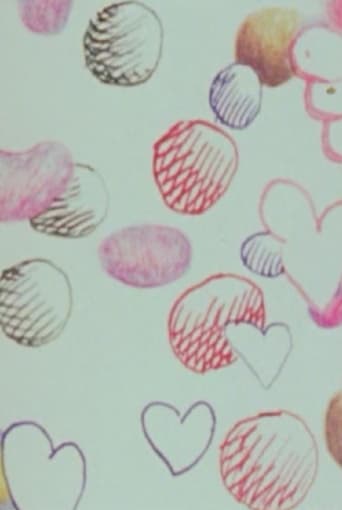
01 Sep 1972

Beckett cycles through a limited number of drawings, but adds new information to each drawing every time we see it, giving the sense of a world that is infinitely rich and also obviously contained tightly within the edges of the paper. Preserved by the Academy Film Archive in partnership with iotaCenter and National Film Preservation Foundation in 2007.
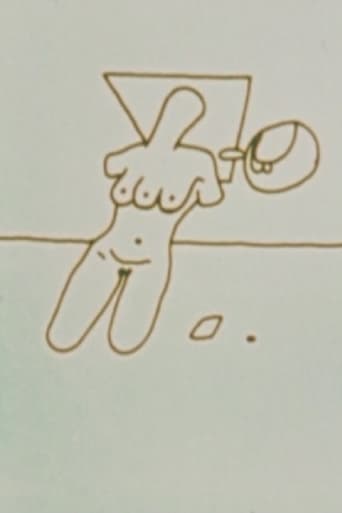
01 Sep 1974

“[T]he sense of moving forward [in space or time] alternates with a sense of expansion and contraction, as the finished cycle [of movement] returns to itself and rushes to catch up with its successor.” (Gadassik) Preserved by the Academy Film Archive in partnership with iotaCenter and National Film Preservation Foundation in 2007.
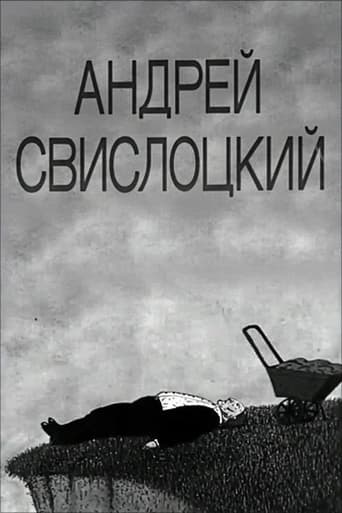
01 Jan 1991

This animated short focuses on the lives of three eccentric people living on a farm in the Ukrainian countryside. Told in a non-linear, stream of consciousness style, the film depicts the deceitful relationship between a master and his two servants. Preserved by the Academy Film Archive in 2007.